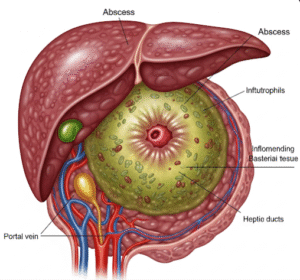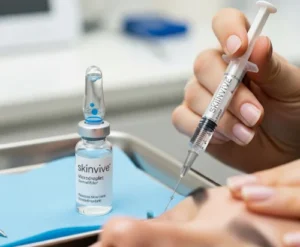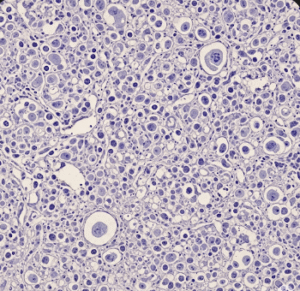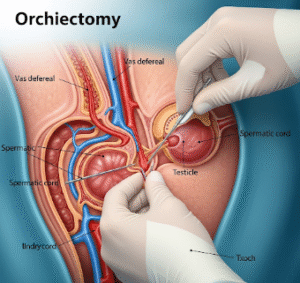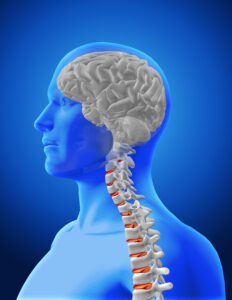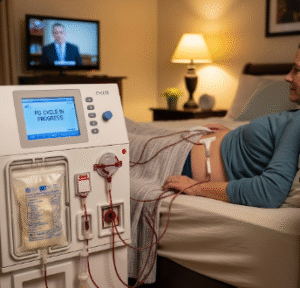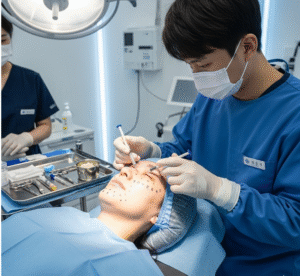Overview
Symbrachydactyly is a rare congenital hand anomaly where a child is born with abnormally short fingers or missing fingers on one hand. It occurs sporadically and is not typically inherited. In Korea, this condition is managed with a combination of early diagnosis, surgical interventions, and customized rehabilitation therapies to enhance hand function and appearance.
What is Symbrachydactyly?
Symbrachydactyly is a developmental condition that occurs during early fetal growth. It usually affects one hand, leading to underdeveloped or missing fingers, shortened bones, webbing, or small, non-functional digit nubs. The thumb is often less affected or completely formed. Unlike some other congenital hand conditions, symbrachydactyly is usually not associated with genetic syndromes.
Symptoms
- Shortened or missing fingers
- Webbed or fused fingers (syndactyly may coexist)
- Small finger nubs with or without nails
- Limited hand function depending on severity
- Underdeveloped palm or hand muscles
- Normal sensation in the affected hand
Causes
- Unknown in most cases (sporadic mutation or developmental disruption)
- Believed to occur due to vascular disruption during limb formation in the first 6–8 weeks of gestation
- Not typically associated with family history or inherited genetic mutations
Risk Factors
- Most cases occur without any identifiable risk factor
- Not linked to maternal illness or environmental exposure in most instances
- No known prevention due to spontaneous origin
Complications
- Functional limitations in hand movement or grip strength
- Challenges in performing daily activities depending on severity
- Cosmetic concerns leading to social or emotional impacts
- Possibility of accompanying limb anomalies in rare cases
Prevention
- No known prevention method, as it is usually spontaneous and non-hereditary
- Prenatal detection is limited but may be seen on detailed ultrasound after 18–20 weeks
- Early postnatal diagnosis allows for timely intervention
Treatment Options in Korea
- Diagnosis
- Physical examination after birth
- X-rays and 3D imaging to assess bone structure
- Evaluation by pediatric orthopedic or plastic surgeons
- Surgical Treatments
- Digit reconstruction: Using bone and tissue grafts from other parts of the body
- Pollicization: Creating a thumb from an index finger if thumb is absent
- Web space deepening or release: To improve mobility between fingers
- Prosthetics: Custom hand or finger prostheses may be offered if surgery is not feasible
- Non-Surgical Management
- Occupational therapy: To improve fine motor skills, grip strength, and adaptability
- Physical therapy: To maintain range of motion and muscle development
- Assistive devices: Tools for school or home use adapted for hand function
- Specialized Care Centers in Korea
- Major hospitals like Severance Hospital, Samsung Medical Center, and Seoul National University Hospital offer pediatric hand clinics
- Integrated care with surgeons, therapists, prosthetists, and child psychologists
- Surgical outcomes in Korea are highly advanced, focusing on both functional improvement and aesthetic restoration
- Psychosocial Support
- Counseling for children and parents to cope with body image and social challenges
- Peer group or support networks facilitated by medical centers or NGOs


